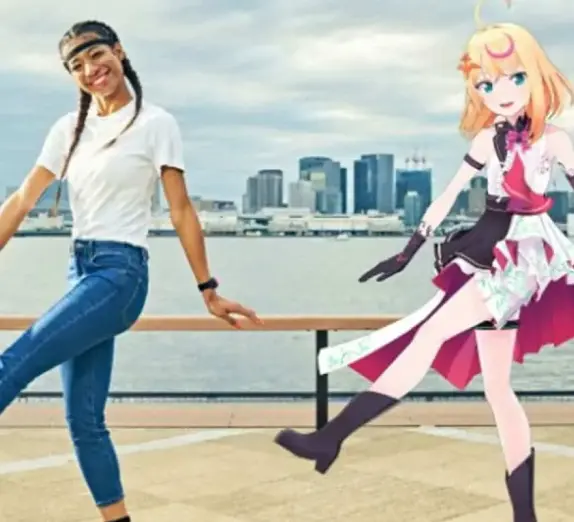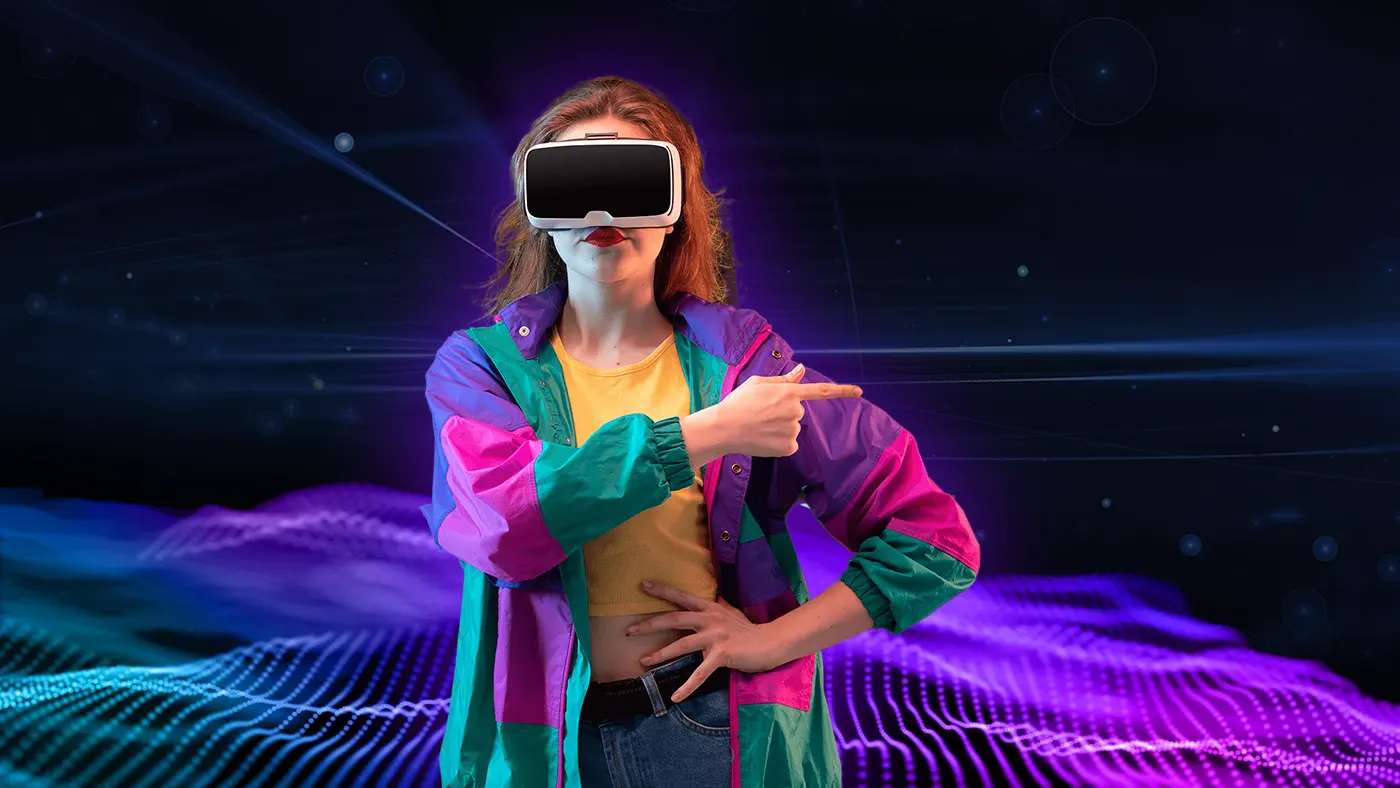MOCAP
Development
First, let’s specify what we mean when we talk about mocap. Motion capture is the process of capturing the movement of people, animals or objects, transferring it to a 2D or 3D model and animating it with the set of recorded movements. In this way, motion capture aims to produce 3D models that reflect the real movement of moving subjects.
Book Your Appointment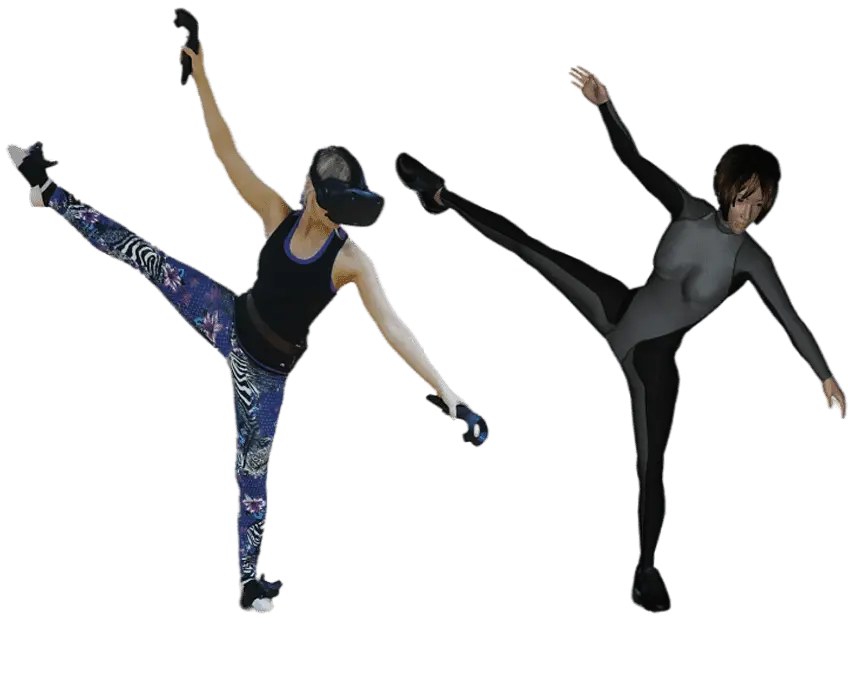
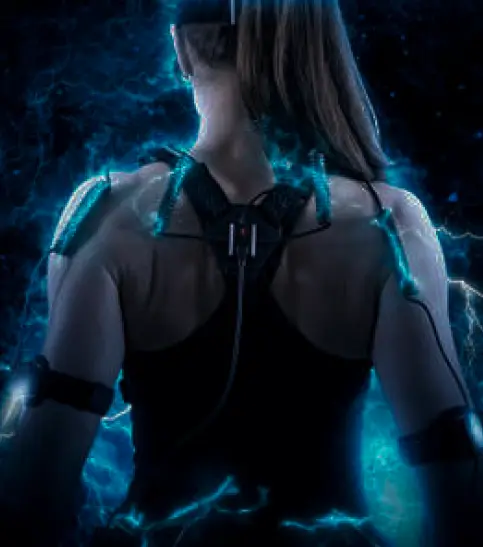

Directing and performing for motion capture
Motion capture effectively introduces a ‘third party’ into the relationship between animator and character. While the animator has traditionally been seen as an “actor with a pencil”, moving image production which employs motion capture has seen the emergence of motion capture actors and the requirement for a still developing skill set around motion capture performance and direction.

So far we have observed that the introduction of motion capture has impacted in two primary ways on the 3D animation teaching environment. Firstly, it has created the possibility to enhance the 3D animation production pipeline: as a useful pre-production aid, and to be in many cases a complement to, rather than replacement of, ‘traditional’ animation process and techniques. Secondly, it has engendered a deeper engagement with issues of character motion, movement and performance, including a renewed examination of classical animation principles in light of the distinct aesthetic qualities of digitised motion data.
Motion capture and 3D animation pipeline
invented motion capture
Currently, there is no unanimous consensus on the origin of motion capture. Some sources place it in the year 1872, when the British photographer Eadweard Muybridge captured the movement of a horse using various cameras followed sequentially.
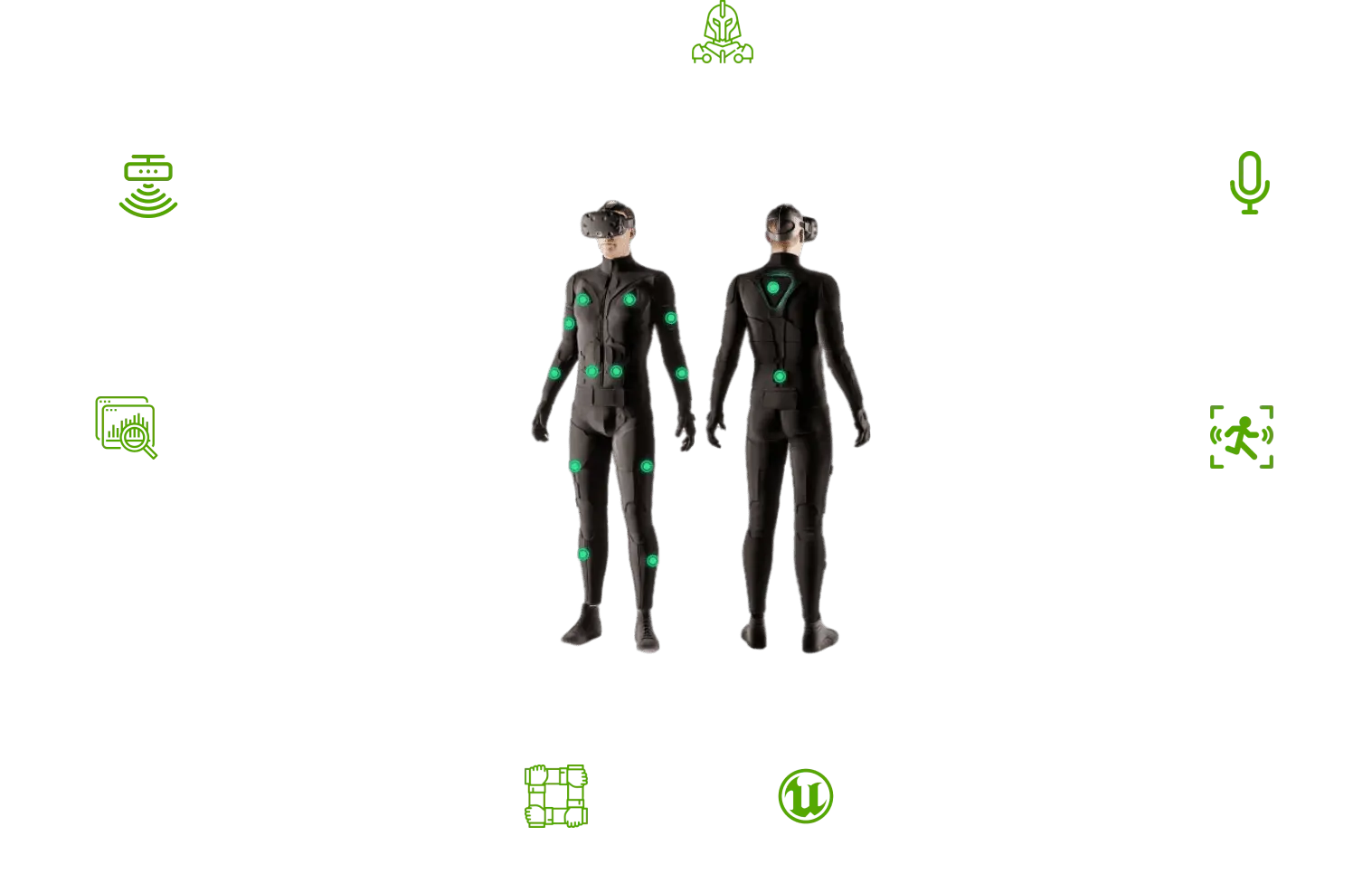
benefits of motion capture
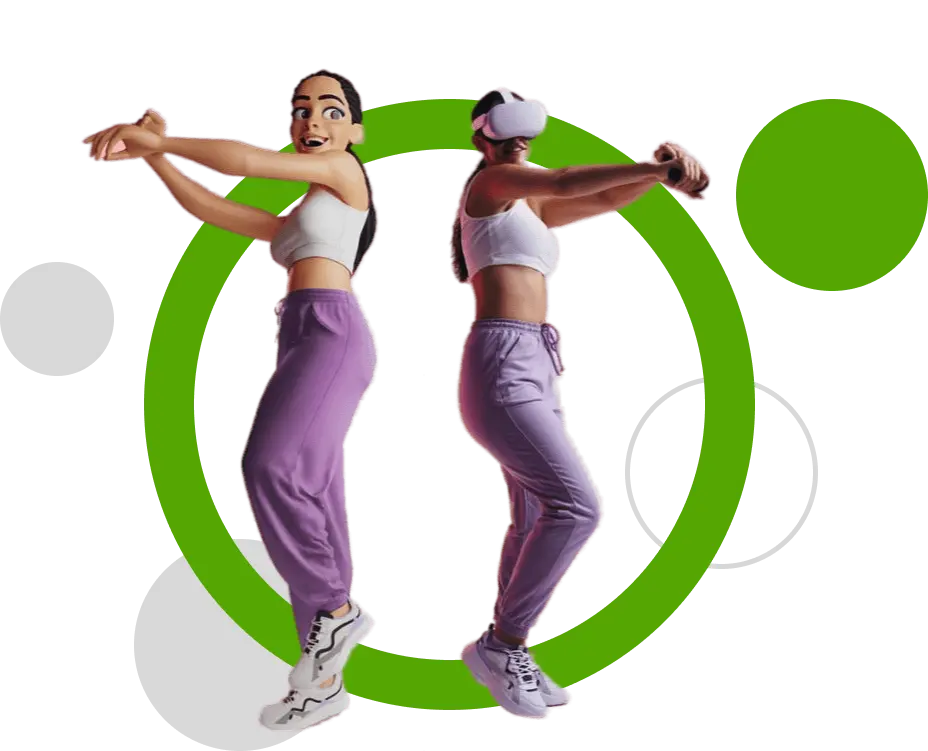
MoCap has become an important tool in game development, adding realism and nuance to the way characters interact with their environments. It increases the fidelity of animations and micro animation. Not to mention, acting nuances are accurately captured and transferred to a digital character much quicker than using just hand animation. The results are more realistic character animations and achieved much quicker than they could be without MoCap.
Virtual Camera and Dance
Alongside the use of motion capture in a more traditional animation context, there has been much exploration of its use as a tool in live performance and dance. We choose in this section to focus on an experimental motion capture dance performance work, Virtual Camera and Dance, which is being developed as a research project.
